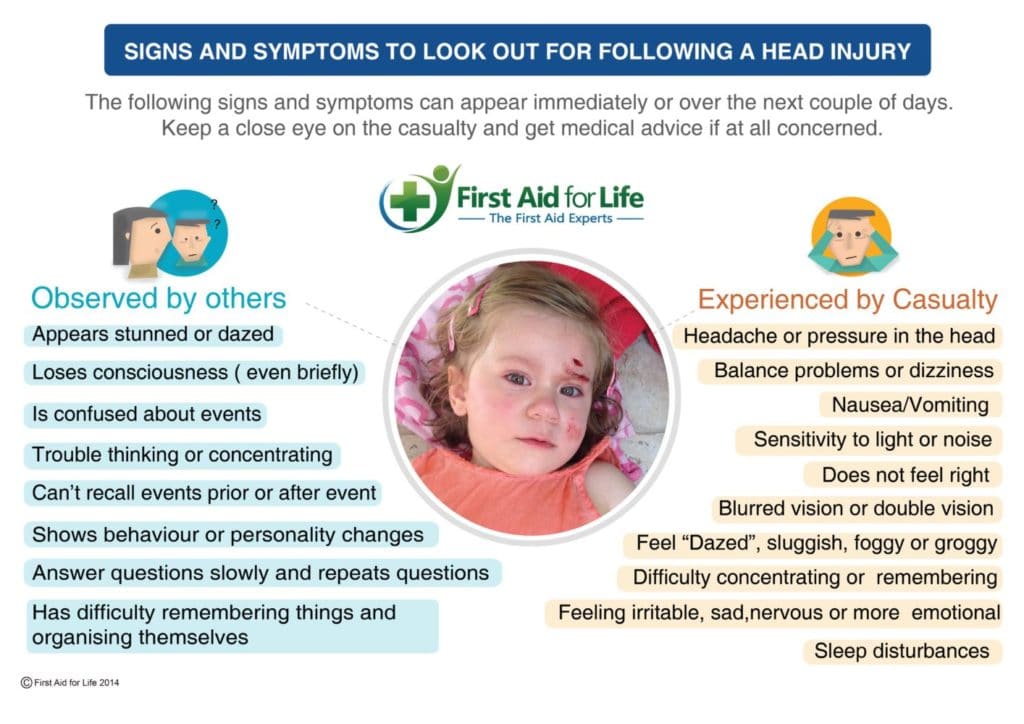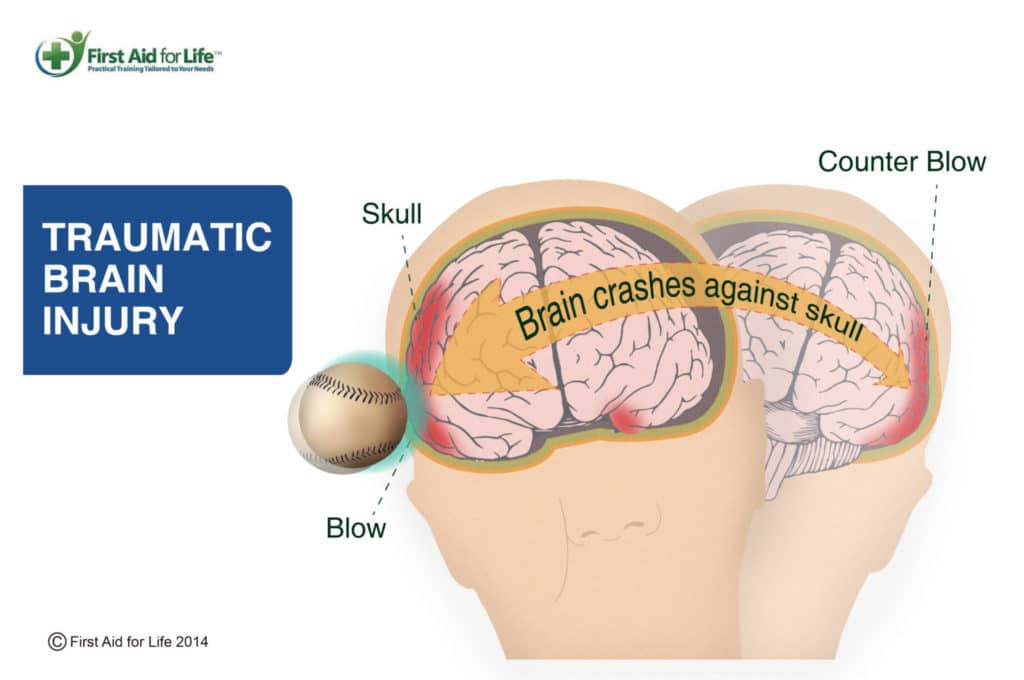[ad_1]
Youngsters typically have nostril bleeds. They could be a results of heat climate or train, which dilate the small blood vessels of their nostril, or they are often the results of selecting or poking their noses, or working into issues.
If a toddler has a nostril bleed:
Sit them down.Seize one thing absorbent to catch the blood.Lean them ahead, pinching the bridge of the nostril. Leaning the kid ahead while making use of strain to the nostril will will let you see when the bleeding has stopped and can keep away from the blood trickling down the again of their throat which may make them sick. You need to apply strain and attempt to compress the leaking blood vessel in opposition to the within of the nostril to cease it bleeding.Preserve altering your grip till you’ve got to some extent the place no blood is popping out.Preserve making use of strain for no less than 10 minutes.Launch strain barely and if it begins to bleed once more maintain for one more 10 minutes.
If it actually gained’t cease bleeding you’ll need medical assist. Advise them to not choose, poke or blow their nostril. If it begins once more you’ll have to apply strain as soon as extra.
Particular Scenario
If the nostril bleed has been attributable to trauma, or a punch within the face, controlling the bleeding could also be troublesome however you could strive as lack of blood is harmful. You need to apply a wrapped ice pack, preserve making use of strain and get medical assist.
Head accidents
Youngsters additionally often bang their heads and it’s troublesome to inform whether or not or not they’ve achieved any critical injury. Most head accidents are not critical and easily consequence on a bump or bruise. Nevertheless, extreme or repeated head accidents can trigger injury to the mind.
Most blows to the top lead to harm to the scalp solely and that is extra scary than life-threatening. The top and face are very vascular which suggests these accidents bleed profusely and will be very scary!
It is rather necessary to look out for something uncommon following a head harm; a extreme bang on the top may trigger swelling and injury to the mind and it’s vitally necessary that you simply recognise any early and worrying indicators of elevated strain on the mind. 
Click on right here for an Important First Support for All Ages course
What to search for
Name 999 or 112 if a toddler:
has misplaced consciousness, even momentarilywon’t cease cryingcomplains of head and neck painisn’t strolling usually
What to do
If the kid has not misplaced consciousness and is alert and behaving usually after the autumn or blow:
Apply a wrapped ice pack or on the spot chilly pack to the injured space for 10 minutes.Observe your baby rigorously for the following 48 hours. In the event you discover any of the indicators of mind harm (see beneath), telephone an ambulance instantly.If the incident has occurred near bedtime or naptime and your baby falls asleep quickly afterward, examine in each few hours to search for twitching limbs or disturbances in color or respiration. It’s okay on your baby to fall asleep – there isn’t any must preserve a toddler awake after a head harm – however you do want to stay vigilant. If you’re involved in any manner, wake them as much as examine on them correctly.If a baby can’t be woken or reveals any signs of a mind harm (see beneath) name an ambulance instantly.
Suspected mind harm

The mind is cushioned by cerebrospinal fluid, nonetheless a extreme blow to the top might knock the mind into the facet of the cranium (see above) or tear blood vessels.
It may be troublesome to find out the extent of harm, so it’s all the time clever to debate a head harm together with your physician. A transparent indicator of a critical harm is when a toddler loses consciousness or has indicators of confusion. These signs can come on at any time from instantly after the accident to a few days later. It’s wise to have your baby sleep in the identical room as you for a few nights following a head harm.
Indicators of mind harm
Name an ambulance if a baby reveals any of those signs:
UnconsciousnessAbnormal breathingObvious critical wound or suspected cranium fractureBleeding or clear fluid from the nostril, ear or mouthDisturbance of speech or visionPupils of unequal sizeWeakness or paralysisDizzinessNeck ache or stiffnessFittingVomiting greater than two or 3 times (it isn’t uncommon for kids to vomit instantly after an accident as a response to ache, so don’t panic in case your baby is sick simply as soon as after a head harm).
If the kid is unconscious
If they’re respiration, roll them into the restoration place (on their facet so their tongue falls ahead of their mouth and any vomit can drain away), attempting to not twist their neck or backbone. Any head harm may have prompted spinal injury.If they’re not respiration begin CPR.Name an ambulance.
If the kid is acutely aware nevertheless it is a critical harm
Telephone for an ambulance.Do your greatest to maintain your baby calm and nonetheless – strive to not allow them to twist as if they’ve broken their backbone this might result in a spinal wire harm.If there’s any bleeding, seize a clear material and apply strain.Do not try to scrub the wound because it may make issues worse.Do not apply forceful direct strain to the wound in the event you suspect the cranium is fractured.By no means take away any embedded object from wound.
NICE Pointers:
The NICE pointers recommend that if you’re involved about anybody for the next causes you need to ring 999 instantly.
Unconsciousness or lack of full consciousness (for instance, issues holding eyes open)Difficulties with understanding, talking, studying or writingDecreased sensation; lack of steadiness; common weak point; visible modifications; irregular reflexes; and issues strolling for the reason that harmAny suspicion of a cranium fracture or penetrating head harmAny seizureA high-energy head harm ensuing from a forceful harm
Get checked out by a well being skilled for anybody who has skilled any of the next:
Any lack of consciousness (‘knocked out’) on account of the harm, from which the individual has now recoveredAmnesia for occasions earlier than or after the harm (‘issues with reminiscence’)Persistent headache for the reason that injuryAny vomiting episodes for the reason that injuryAny earlier mind surgeryAny historical past of bleeding or clotting disordersCurrent drug or alcohol intoxicationThere are any safeguarding considerations (for instance, attainable non-accidental harm or a weak individual is affected)Irritability or altered conduct (‘simply distracted’, ‘not themselves’, ‘no focus’, ‘no real interest in issues round them’), significantly in infants and kids aged underneath 5 years
[ad_2]
Source link



